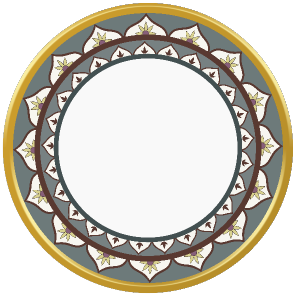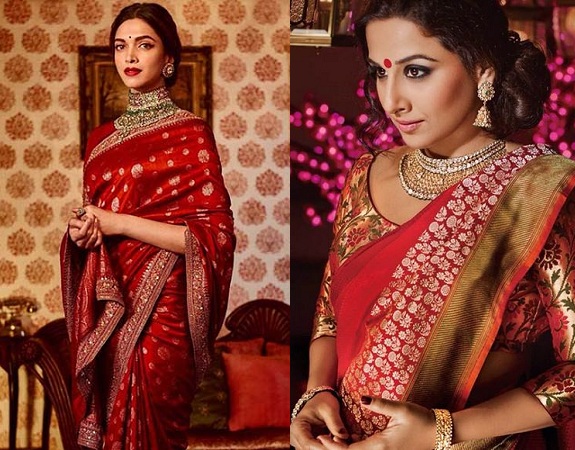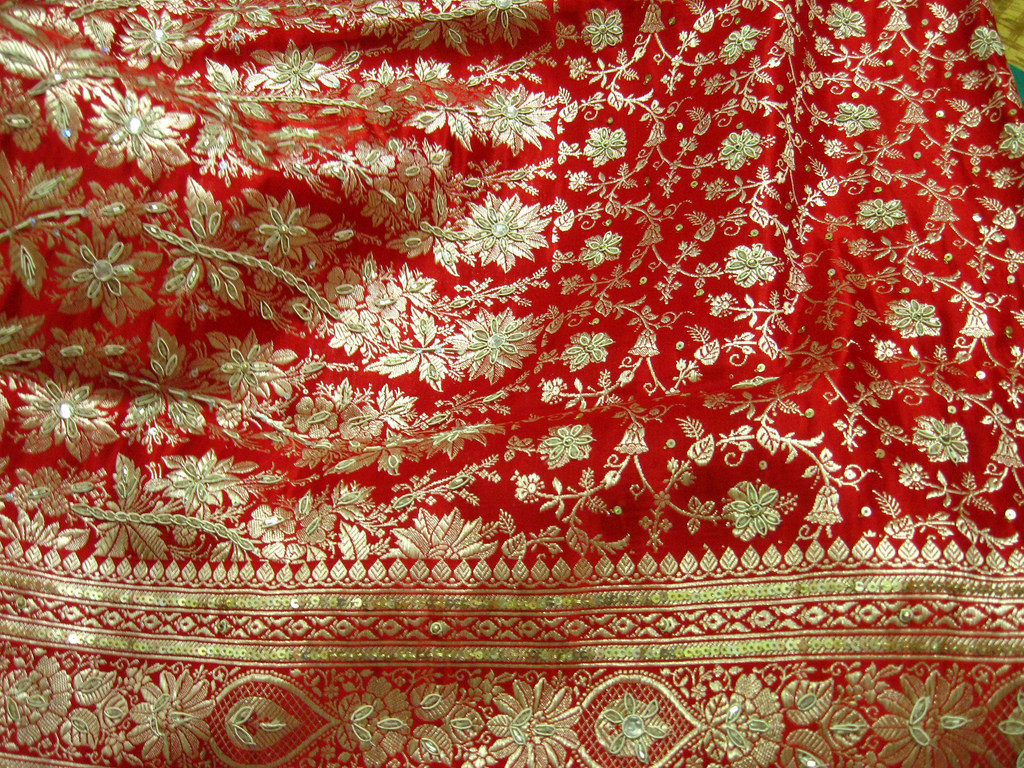

0


0

FASHION
By Saswati Borthakur
12 October, 2017

 Banarasi Sarees have been an integral part of bridal trousseaux
Banarasi Sarees have been an integral part of bridal trousseaux
No other 6-yard fabric evokes the kind of emotion, nostalgia, history and exclusivity as does the Banarasi Saree. Many of our childhood memories revolved around peeking into our Mother's and grandmother's almirahs to find these gorgeous sarees embroidered with golden threads.
So what makes these sarees the owner's pride and non-owner's envy?
What is a Banarasi Saree?
These sarees are made up mainly of pure silk, woven or embroidered with intricate gold or silver threads, interspersed with intricate, opulent and heavy embroidery. They are made mainly in the holy city of Varanasi and neighbouring districts of Mirzapur, Chandauli, Bhadohi, Jaunpur and Azamgarh. Craftsmen have been making them for centuries. Some of them could take months to finish.
 This cottage industry faces stiff competition from machinated looms
This cottage industry faces stiff competition from machinated looms
Some of the Silk work, weaving techniques and patterns have been traced back to the Vedic times. But it was Emperor Akbar that has been credited with infusing life into this particular industry. During this time, a lot of Persian influence was evident in the patterns and designs. Persian motifs were seamlessly integrated with traditional Indian ones. The fabrics were not only made into attires, they were also made into curtains, drapes etc.
 Motifs such as 'Paisley' are a Persian influence
Motifs such as 'Paisley' are a Persian influence
The process of creating a single hand-woven Banarasi saree could involve three or more craftsmen. The designs and patterns are first etched on paper, the final outcome known as 'Patra'. These Patras are the blueprint of what will eventually become the saree.
Traditionally, handlooms were used to create these masterpieces but nowadays powerlooms are also used.
 The final outcome is the culmination of various painstaking processes
The final outcome is the culmination of various painstaking processes
Depending upon the material of the fabric, there are four categories: pure silk known as 'Katan', organza known as 'Kora', Georgette and Shattir. Cutwork, Jangla, Jamdani, Tanchoi, Vaskat, Tissue and Butidar are some of the design varieties.
 A variety of fabrics and designs are incorporated to create the perfect saree
A variety of fabrics and designs are incorporated to create the perfect saree
Banarasi Sarees are not seen as a piece of clothing alone. It is a legacy, sometimes passed down generations. Given the stunning array of designs, patterns and fabrics, there's one for everyone. They are a must-have in a bridal trousseau. The rich cloth gives an impression of royalty and opulence.
The traditionally crafted handloom sarees are generally more expensive than the powerloom ones. The craftsmanship involved determines the price. Not only as a piece of clothing, these weaves are in great demand outside India too.
 The Zari work is a good parameter to judge the authenticity of the saree
The Zari work is a good parameter to judge the authenticity of the saree
Although machines have replaced traditional techniques, there are connoisseurs that still swear by tradition. But with the heavy price tags, comes imitations. The real gold and silver threads are sometimes replaced by copper ones. The easiest way to identify a fake one is to observe the zari work carefully. If it seems too garish to be real gold or silver, it is probably a fake.
Where to buy? There is no doubt that you would get the most authentic Banarasi Sarees in Varanasi itself. However, if you would much rather get them sitting at home, you can buy them at:Banarasi Saree is a piece of unstitched history, carefully seeped in tradition and extraordinary craftsmanship. Next time you buy one, care for it like a heritage that has seen the ages lend their distinct influences. Because it is never a piece of cloth, it is a legacy to be cherished and treasured with nimble hands.